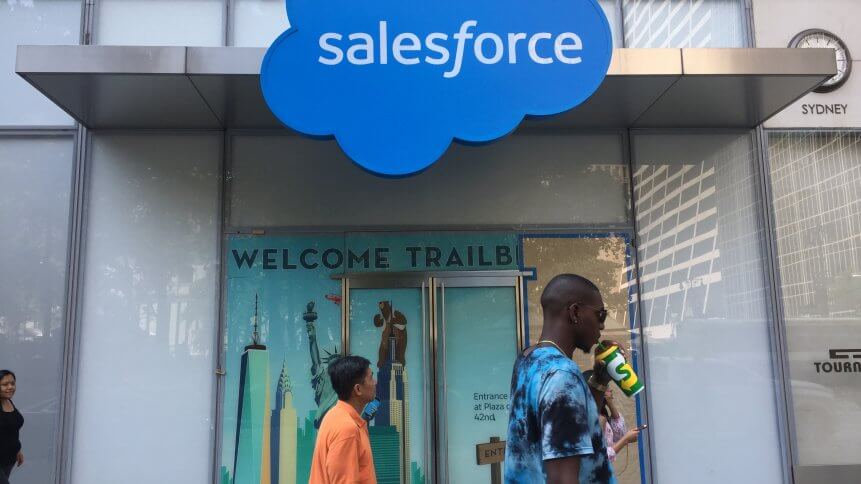Cloud computing shows its potential

Speaking at the Electronic Entertainment Expo (E3) last week, Phil Spencer, head of Microsoft’s gaming division, spoke about Project xCloud. Microsoft’s foray into cloud gaming is a major development in the histories of both cloud computing and gaming, yet Spencer was brief. Some wonder whether his reticence might have had something to do with the fact that Google called a surprise press conference days before to speak at length about Stadia, its own cloud gaming offering.
Whether Microsoft or Google ultimately comes out on top, what’s clear is that the cloud is showing its potential in multiple areas. And there is an emerging consensus that cloud computing has a central role to play in the future of business. Daniel Zhang of Alibaba said last year that “every business will rely on the cloud in the future,” while LinkedIn has reported that the number-one ‘hard’ skill companies are looking for in 2019 is a facility with cloud computing.
With the growth in adoption of the cloud, and with the technology developing rapidly at the same time, comes the growth of software-as-a-service, or SaaS. In recent years, SaaS has become an increasingly reliable choice for businesses reluctant to install and run applications on their own systems. According to the International Data Corporation, SaaS will become the single largest cloud computing category in a matter of years. Already, the industry is worth US$116 billion worldwide.
This goes some way to explaining the number of cloud computing acquisitions that have taken place over the past year. Most significant was the third-largest US tech merger in history: IBM paid US$34 billion to acquire Red Hat, which promptly bumped IBM up to first place in the hybrid cloud market. SAP, Microsoft and Adobe also spent billions to acquire companies that strengthened or promoted their cloud offering. As CNBC put it, “2018 was the year legacy tech companies bolstered their cloud businesses through giant acquisitions of software companies.”
YOU MIGHT LIKE

Are hybrid cloud solutions a win for SMEs?
Recent acquisitions and moves in the cloud computing market, by companies such as Google, Peraton and Clearent, confirm the trend. But wider awareness of the cloud, particularly among the millennials and Gen Z, is also driving its progression. The cloud implies flexibility, agility and scalability, all of which have appeal to young people brought up in the Internet Age. Cloud computing is also inherently ‘green’, in that it requires only a single, centralized server. (One study showed that if ‘all US business users shifted their email, productivity software, and CRM software to the cloud, the primary energy footprint might be reduced by as much as 87 percent’.
Despite these developments, and despite indications the industry is ‘maturing’, cloud computing isn’t close to reaching its potential. In countless areas, from UX to app-to-app integration to Desktop-as-a-Service (DaaS), there is room for improvement. And this is to say nothing of how 5G, smart cities and the cloud might coalesce, or indeed what we might see in the cloud gaming space, where Microsoft, Google and others are vying to become a kind of Netflix-for-gaming— only with far more features and user control.
Things are changing rapidly. In just a few years— who knows? —we may see the word ‘cloud’ disappear altogether in its current (technological) meaning. Maybe almost all forms of computing will use the cloud, and all software will be ‘as-a-service’. It’s impossible to know for sure. But what is sure is that it’s an exciting time to be in the cloud computing space.








